15 Magnificent Facts About Mexico!
Mexico is an amazing country! Find out more about the culture, history, geography and wildlife of this incredible part of the world!
Mexico is a country with a long history! From Ancient Empires stretching back thousands of years, through to the violent and often gruesome invasion by Europeans right up to today - where Mexico is a modern and vibrant country full of amazing places and people. In this article we'll check out some fascinating facts about Mexican flora, fauna, food and more! So read on for a quick introduction to Mexico!
For more cool country facts, check out these Antacrctic facts, these rainforest facts, or even these Yorkshire facts!
Phew, there's a world of facts out there! But first, let's back to Mexico!
1. A land of jungles and deserts
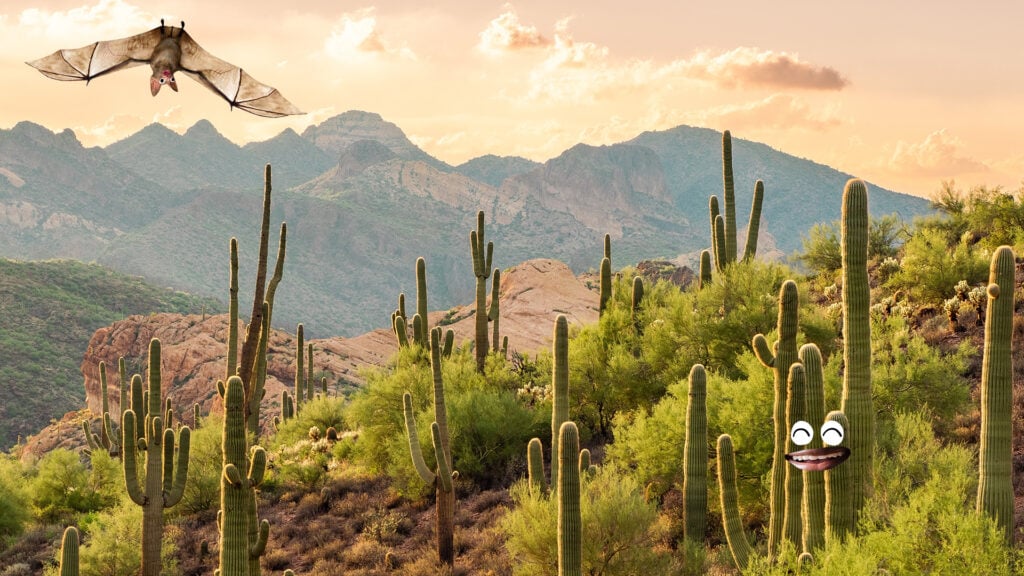
Mexico is known for its wild range of landscapes, including beautiful beaches, majestic mountains, and arid deserts. The Sierra Madre mountain ranges run through the country, while the Yucatán Peninsula is filled with lush jungles and ancient ruins. This means Mexico has a wide range of climates, from tropical in the south to temperate in the north. Mexico can be dry, wet, hot, busy, chill, and everything in between!
2. Mexico City
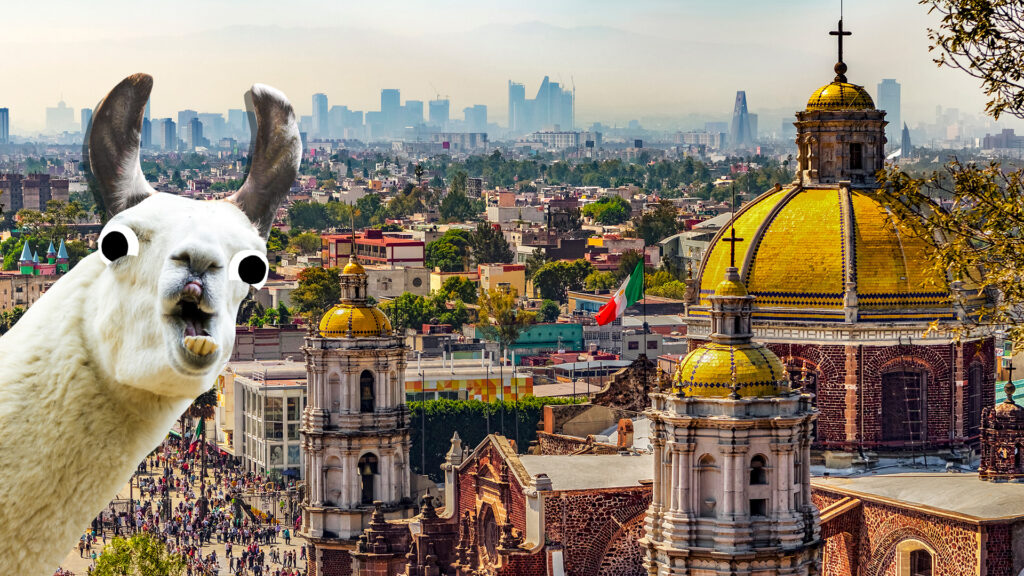
Mexico City, the capital, is one of the largest cities in the world. It was built on the ruins of Tenochtitlán, the ancient Aztec capital. Today, it’s a bustling mega-city with over 21 million people in the greater Mexico City area. The capital sits high up too - at a lofty altitude of 2,240 meters above sea level!
3. The Original Mexicans
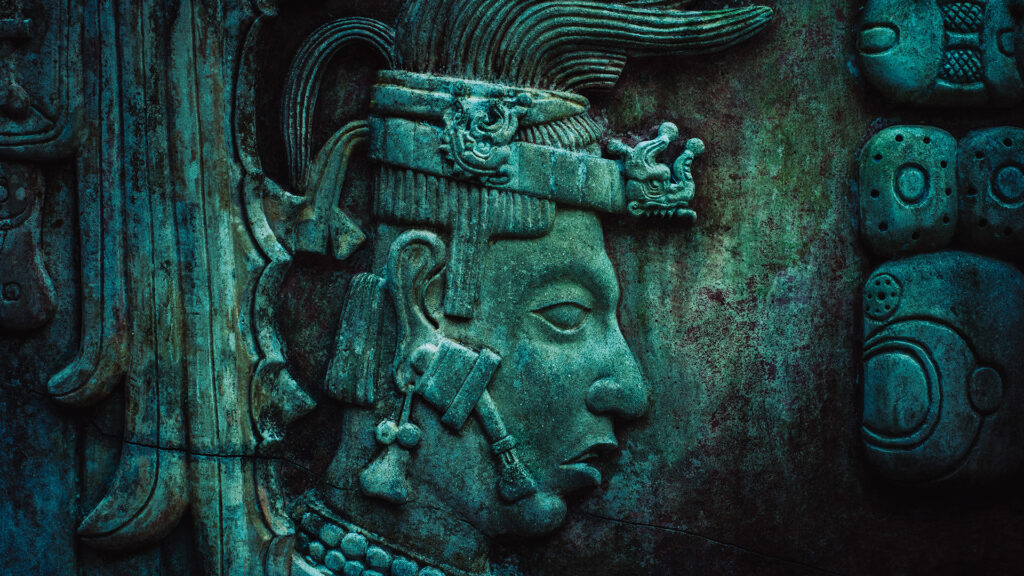
Mexico was home to many advanced ancient civilizations. The Maya, known for their complicated calendar and astronomical systems, thrived from around 2000 BCE to 900 CE in southern Mexico. The Aztecs, known for their rich mythology and impressive architecture, established their empire in central Mexico from the 14th to 16th centuries. The descendants of both peoples still live in Mexico - and often have to fight for proper recognition of their past. But that's another story!
4. Pyramids!

Chichen Itza, in the Yucatán Peninsula, is one of the most famous Maya cities and a UNESCO World Heritage site. Its most famous structure, the pyramid of El Castillo, also known as the Temple of Kukulcán, is a testament to the Maya's architectural and astronomical skills. Light and shadow effects during the equinoxes even give the illusion of a snake sliding down the pyramid's steps!
5. The Day of the Dead
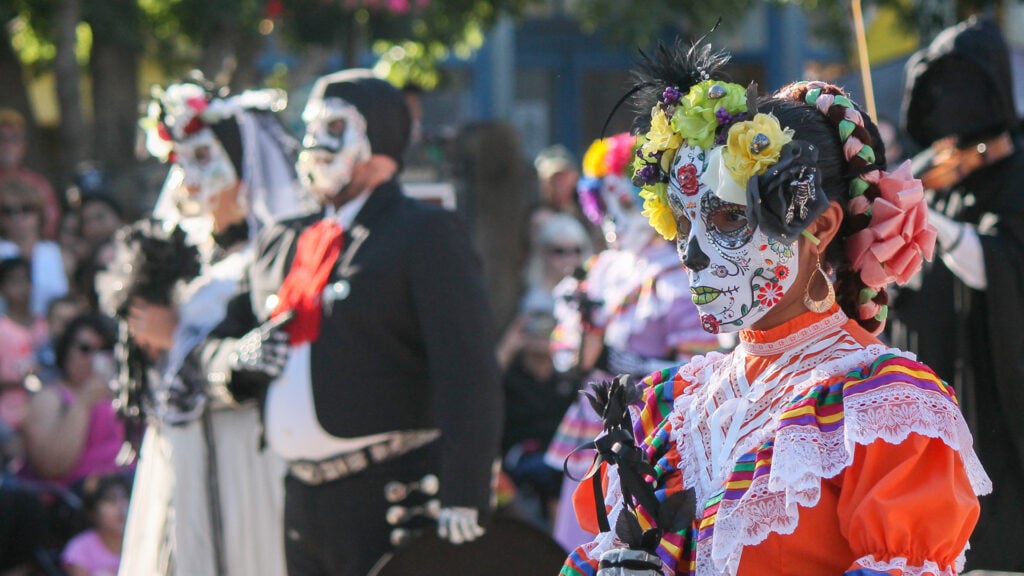
The Day of the Dead (Día de los Muertos) is a unique Mexican holiday celebrated on November 1st and 2nd. It’s a time when families remember their passed away loved ones. Celebrations include building altars with offerings of food, candles, and marigolds, and dressing in costumes to celebrate life and death. There is always a huge parade through Mexico City that brings gigantic crowds!
6. Chocolate comes from Mexico!
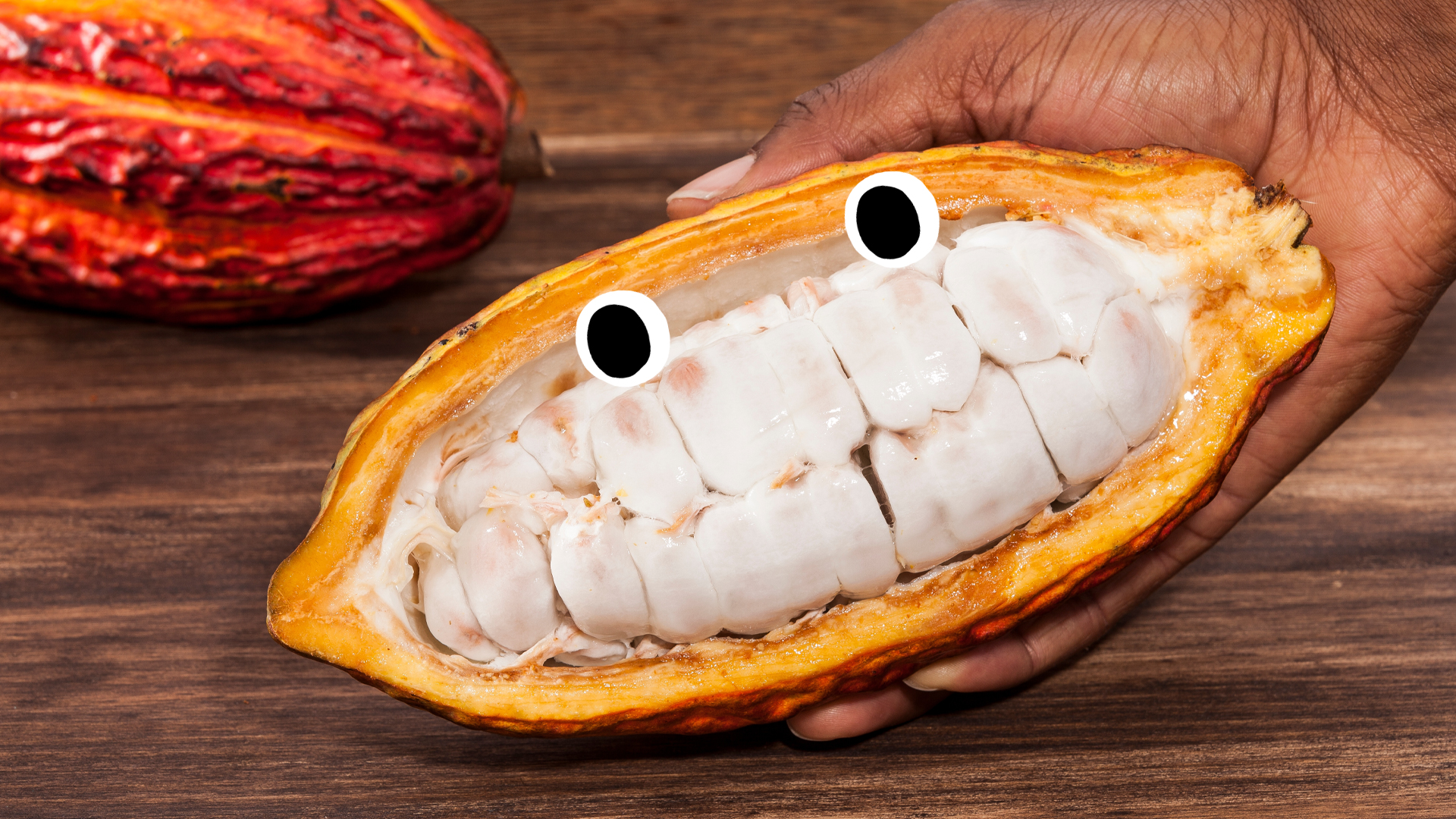
Chocolate has its origins in Mexico. The ancient Maya and Aztecs considered cacao a sacred plant and used it to make a bitter drink called xocoatl, which they believed had mystical and medicinal properties. Today, Mexico is still a major producer of cacao, and chocolate has gone from an ancient medicine to a worldwide luxury! This picture shows the pods that chocolate is made from!
7. Volcanic action
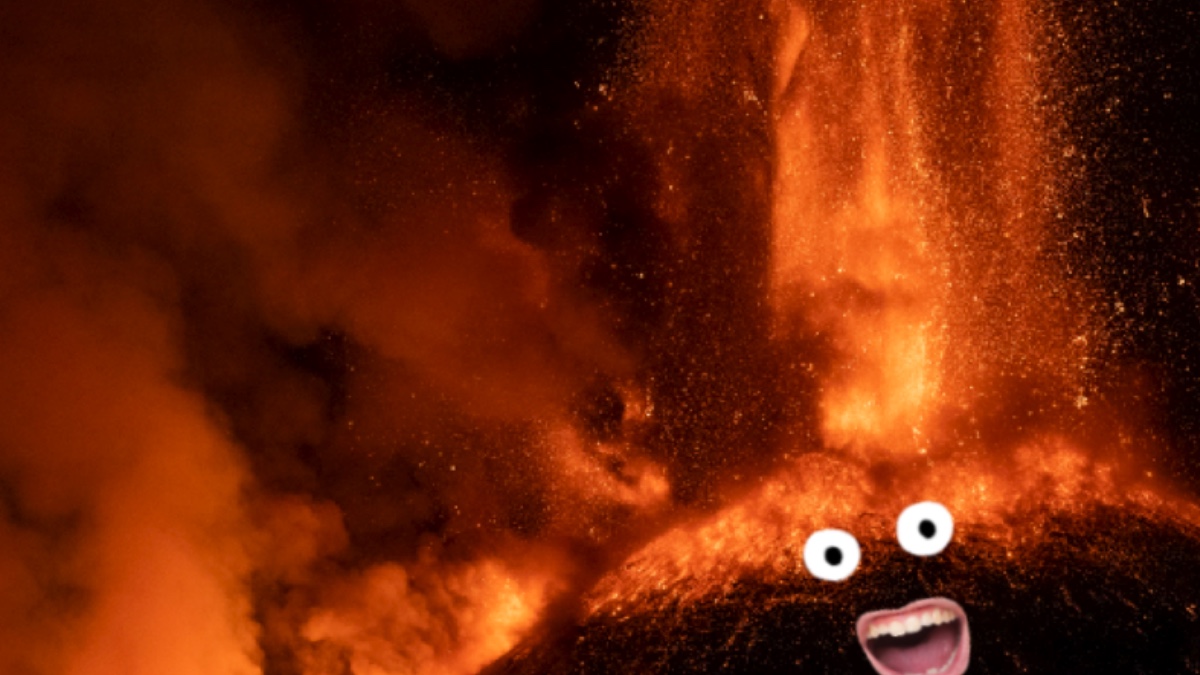
Mexico has many volcanoes, and two of the most famous are Popocatépetl and Iztaccíhuatl, near Mexico City. Popocatépetl, often called "El Popo," is an active volcano and has been erupting every now and again since 1994. Its eruptions provide a spectacular but sometimes dangerous show for the nearby residents. Mexicans living near the volcano are always wary that the ext time might be "the big one"!
8. The Hat Dance
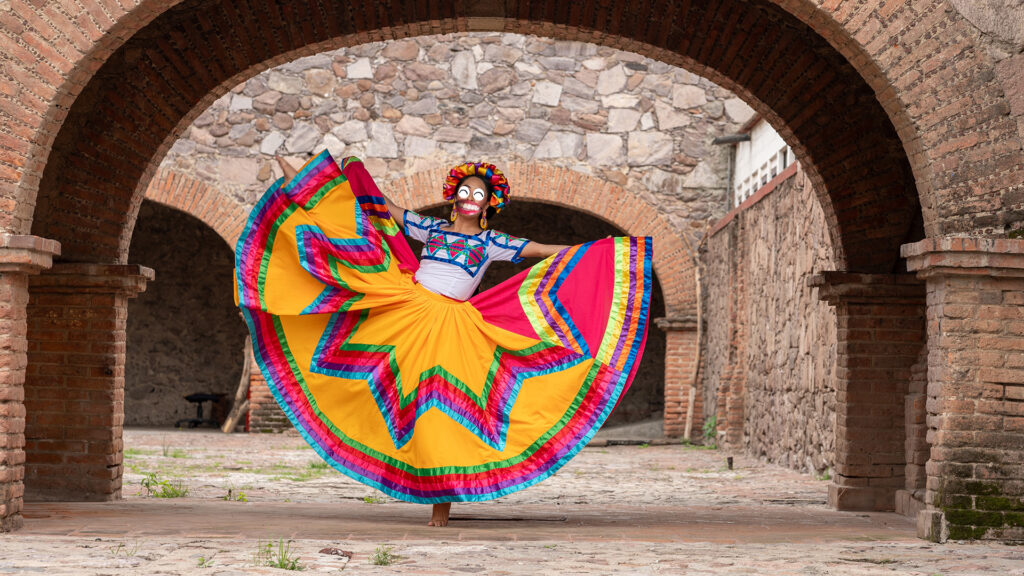
The Jarabe Tapatío, also known as the Mexican Hat Dance, is the national dance of Mexico. It comes from the state of Jalisco and became popular during the Mexican Revolution as a symbol of national pride. The dance tells a story of romance and is performed with traditional Mexican attire. There are modern versions of it too!
9. March of the Monarch Butterflies
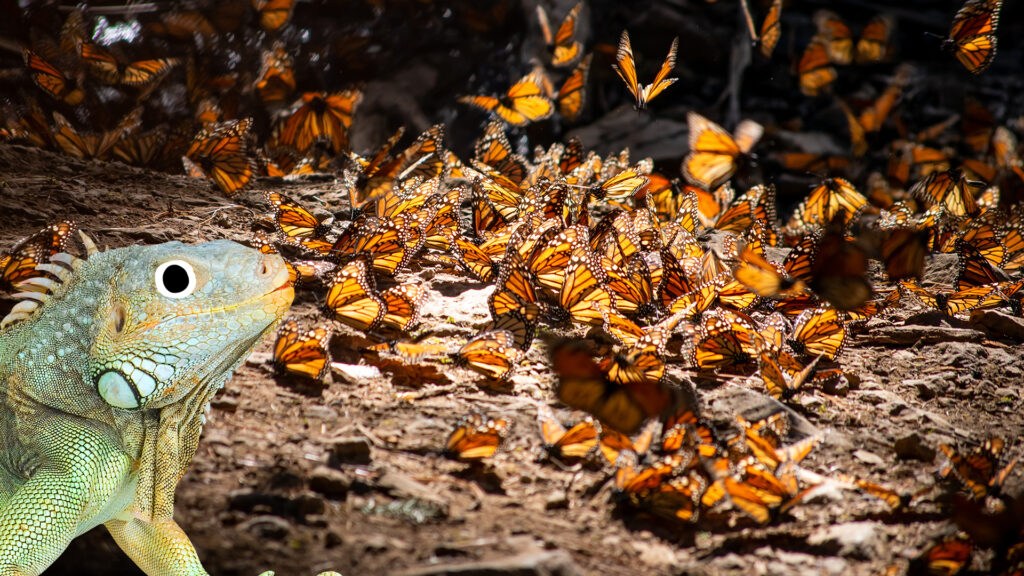
Every year, millions of monarch butterflies migrate to Mexico from Canada and the United States. They travel up to 3,000 miles to spend the winter in the forests of the Sierra Madre mountains. This incredible journey is one of the most fascinating natural phenomena, and these forests have been designated as a UNESCO World Heritage site!
10. Chillies, tamales and corn
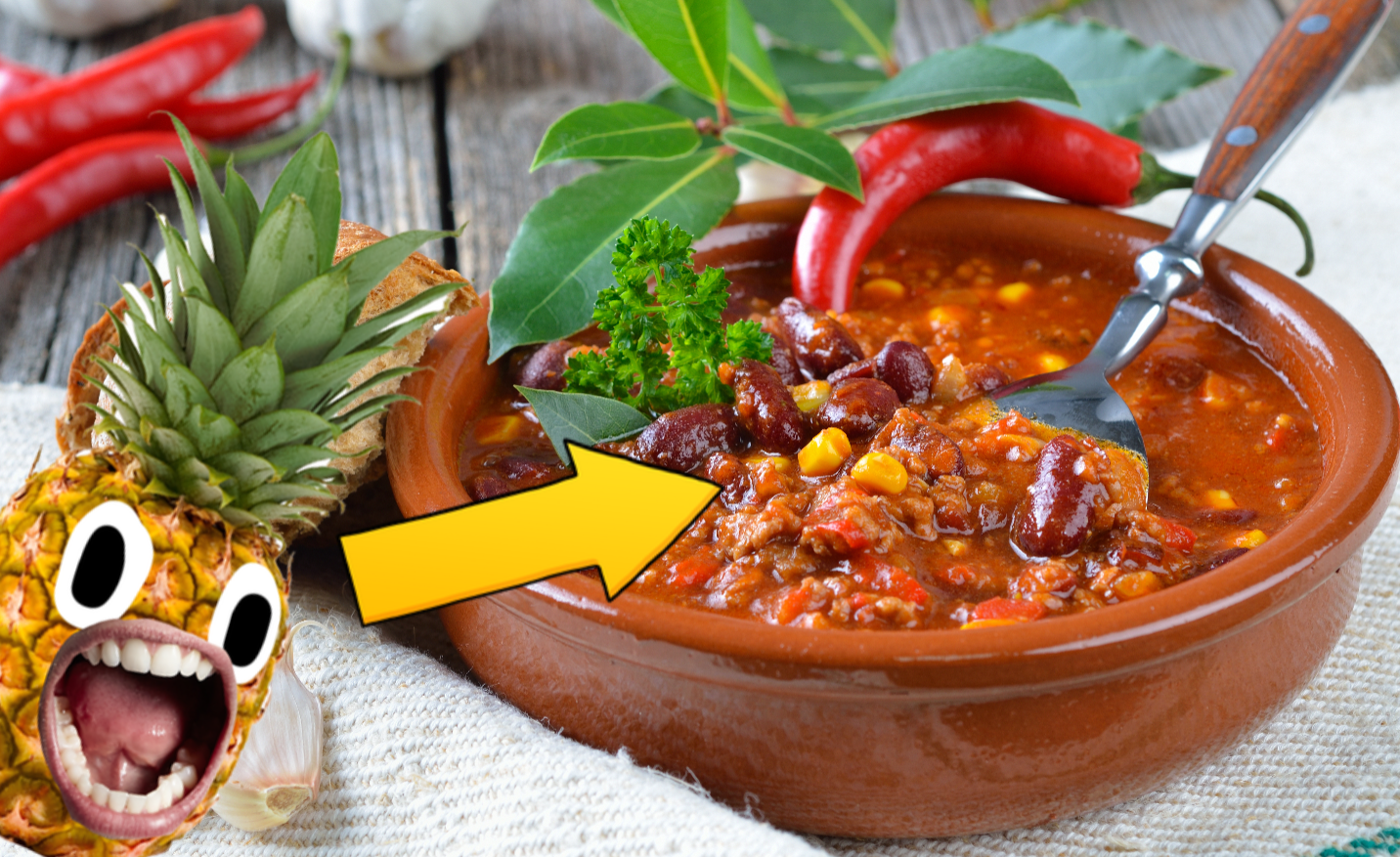
Mexican cuisine is famous worldwide for its amazing flavors and fresh ingredients. Corn, beans, and chili peppers are staples in the diet. Traditional dishes like tacos, tamales, and mole are not only delicious but also part of the country’s cultural heritage. In 2010, UNESCO recognized Mexican cuisine as an Intangible Cultural Heritage of Humanity.
11. Avocado Central

Mexico is also the world’s leading producer of avocados, often called “green gold.” The fruit has been cultivated in the region for thousands of years and is a key ingredient in many Mexican dishes, including the famous guacamole. The state of Michoacán produces over 80% of Mexico’s avocados.
12. Cinco de Mayo
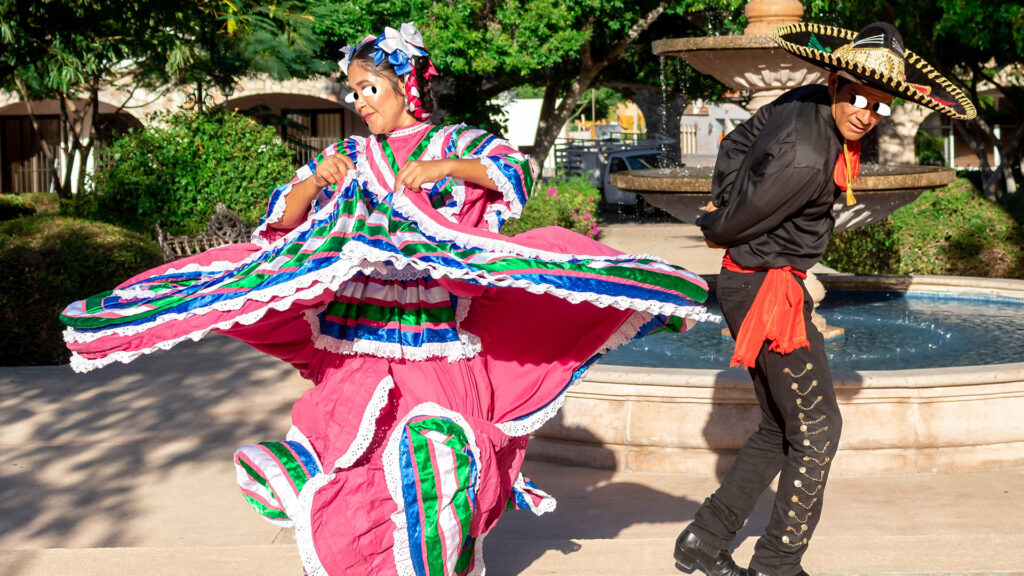
Cinco de Mayo, or the 5th of May, commemorates the Mexican army’s victory over the French forces at the Battle of Puebla in 1862. Although it’s not Mexico’s Independence Day, it’s celebrated with great enthusiasm, especially in the state of Puebla and by Mexican communities in the United States. Historical events like this are celebrated because they show Mexico standing up for itself against much stronger powers.
13. The only flag with a cactus on it
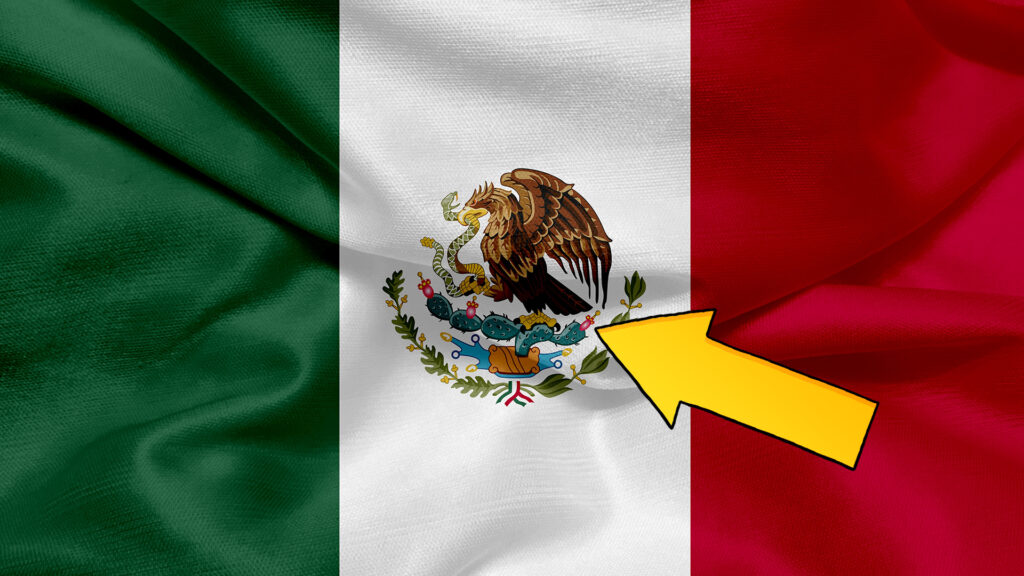
The Mexican flag features three vertical stripes: green, white, and red. In the center of the white stripe is the national coat of arms, which depicts an eagle holding a serpent in its beak while perched on a cactus. This emblem is based on an Aztec legend about the founding of Tenochtitlán.
14. The Alebrijes
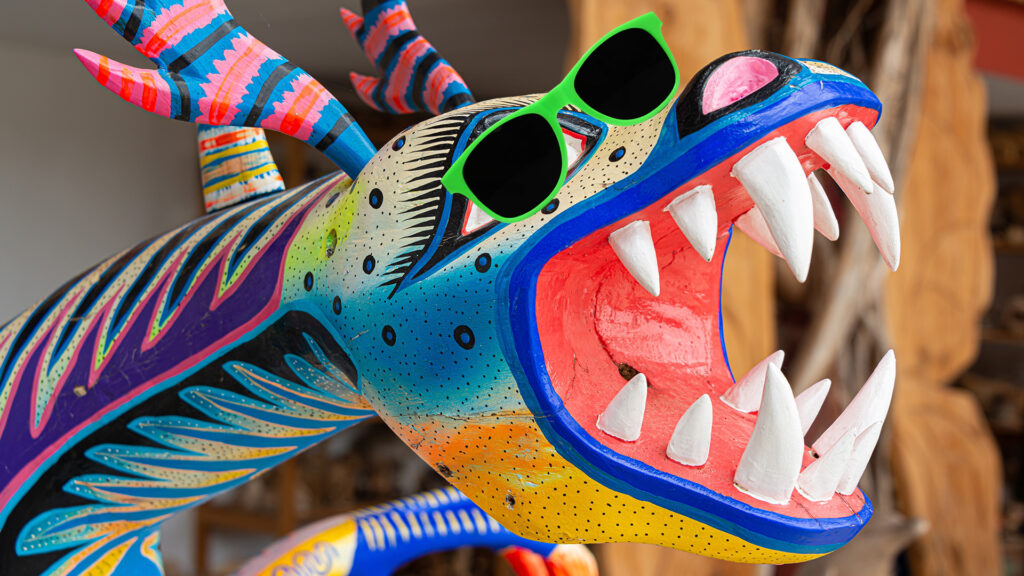
Alebrijes are brightly colored Mexican folk art sculptures of strange, fantastical creatures. These mythical animals were first created by artist Pedro Linares in the 1930s after he had a dream about them while he was sick. Today, they are a popular part of Mexican culture, representing the fusion of indigenous beliefs and modern artistry. Many Mexicans believe alebrijes act as spirit guides, leading souls safely through the afterlife!
15. Mexican wildlife needs your help!
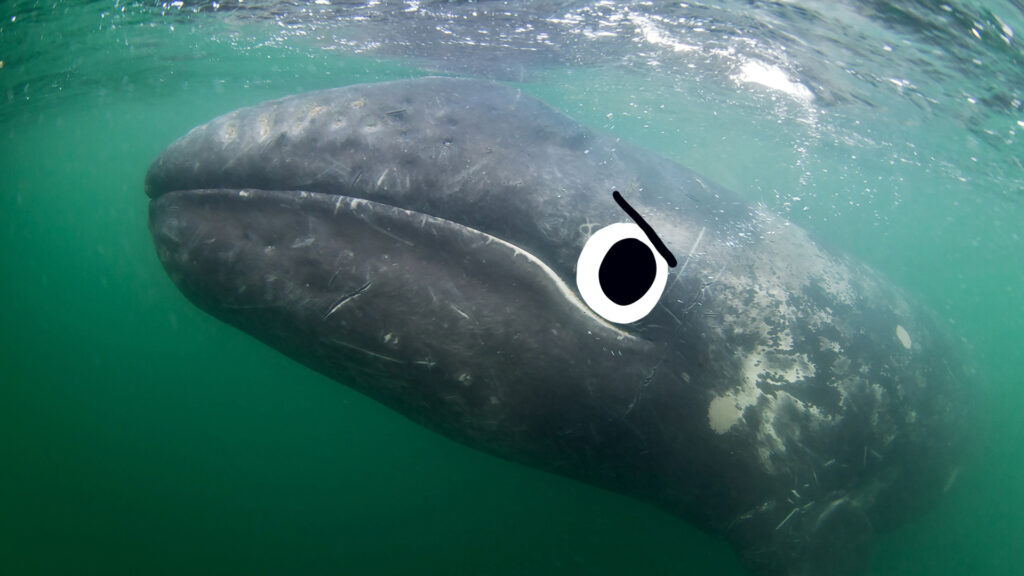
Mexico is one of the world’s most biodiverse countries. It is home to a vast array of plant and animal species, many of which are found nowhere else on earth. From jaguars and ocelots in the jungles to gray whales along the Baja California coast, Mexico’s biodiversity is rich and unfortuantely under threat from humankind's messiness. A healthy Mexico is crucial for the health of the planet!















